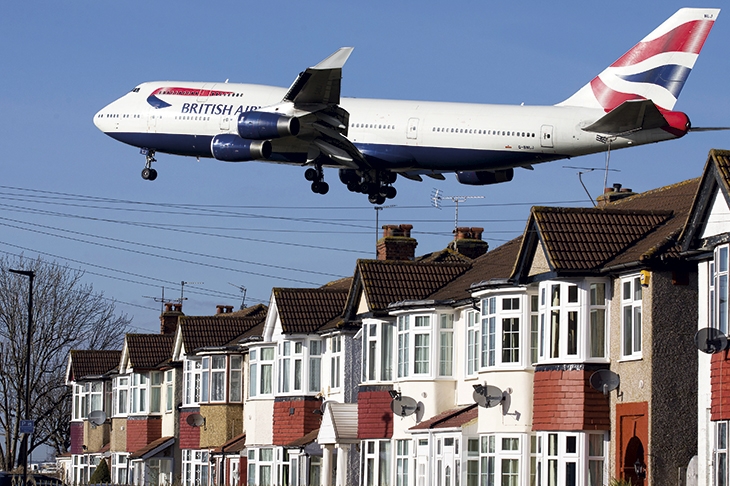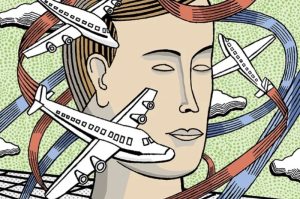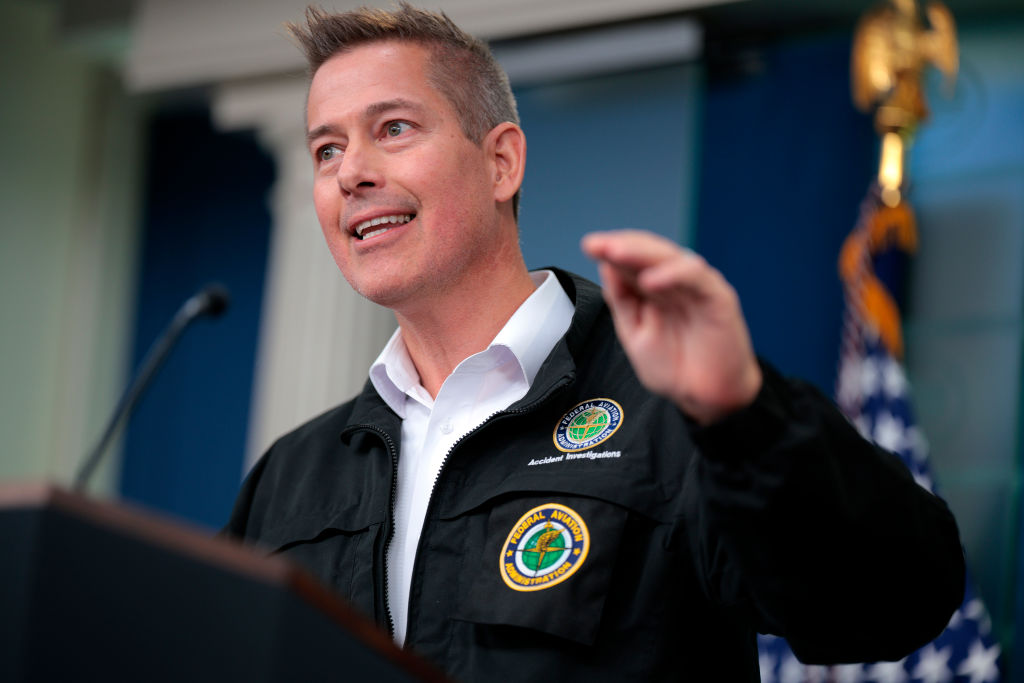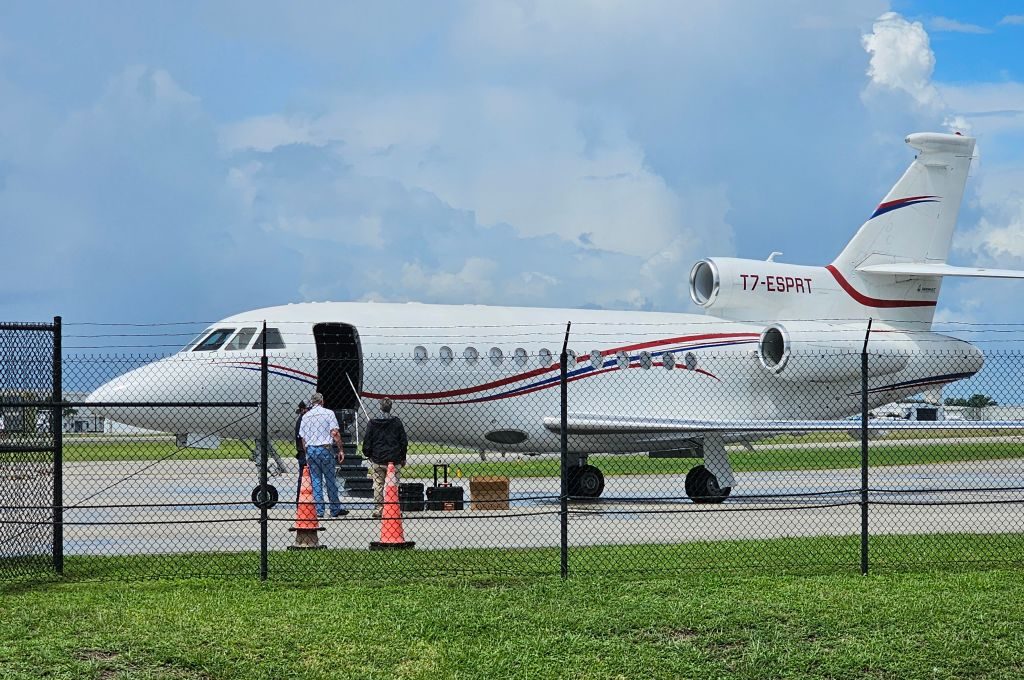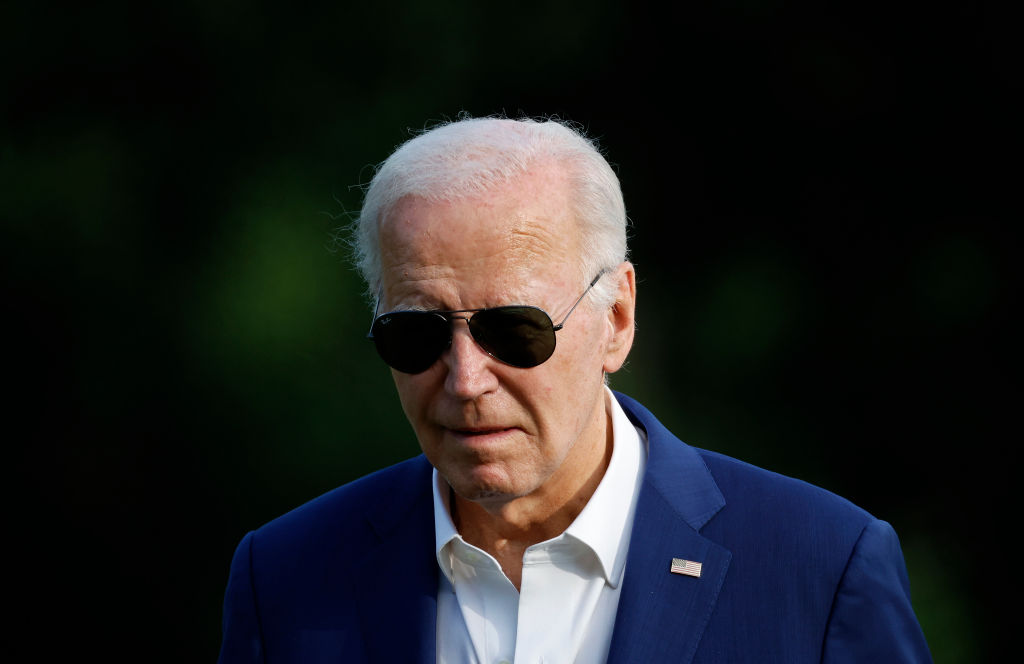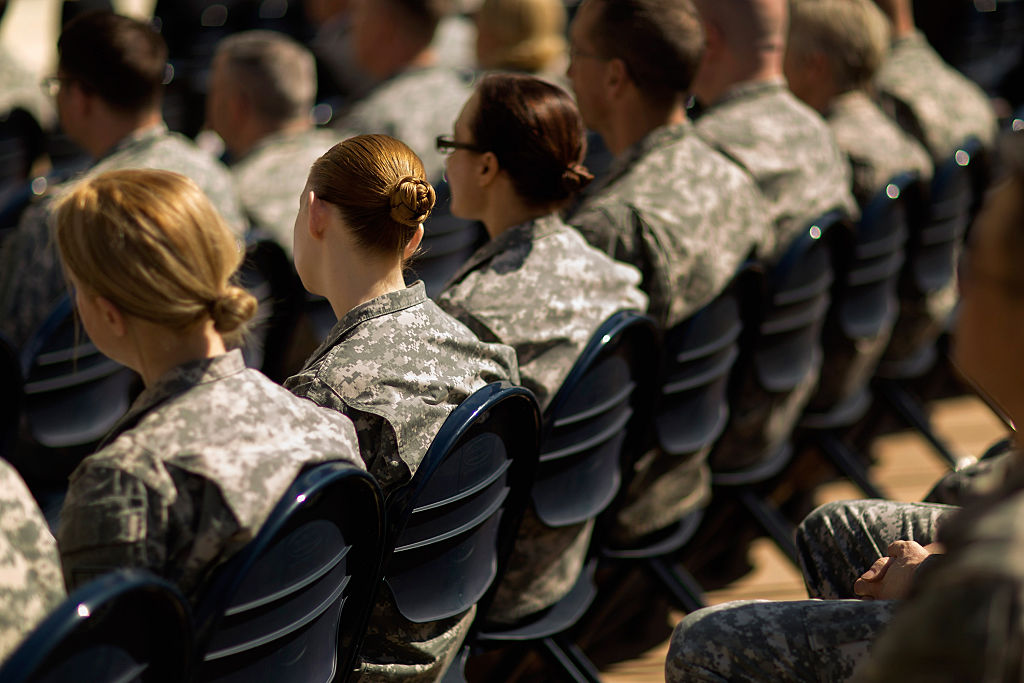I felt a genuine pang when British Airways announced that it was retiring its Boeing 747s, the largest remaining fleet in the world. But the jumbo’s final approach to the elephants’ graveyard in the sky was a long time coming. In the US, United and Delta retired their 747s three years ago. With a mixture of frugality and sentimentality, BA kept them going long after new technologies and new demographics made their huge capacity redundant. But the 747 was and remains a favorite of pilots and passengers. It was a friendly machine. Half a century after its first commercial flight, we can see, elegiacally, that it was the end of something old rather than the beginning of something new.
The story begins in 1963 when the US Air Force issued a specification for the CX-HLS, or ‘Cargo Experimental Heavy Lift System’, a military transport. Boeing lost the contract to a rival but was left with an ambitious design whose vast nose was intended to accommodate tanks and other military equipment. Boeing decided to repurpose the CX-HLS as a passenger plane of a hitherto unimaginable size and scale: some versions carry 550 passengers. Thus the ‘widebody’ came into being, with its distinctive double deck and spiral staircase. The upstairs lounge was a detail borrowed from the 377 Stratocruiser, itself a descendant of the B-29 Superfortress bomber. Military ghosts lived on.
If the BA 747s did not feature the much-publicized cocktail bar, sunken love-pits and nightclub lighting, they nonetheless offered upstairs passengers the simulacrum of a private jet. Boeing’s engineer-designer Milton Heinemann said that for the first time, people felt as if they were traveling ‘in a room, not a tube’. The 747’s stats and facts still boggle. Its wingspan of 210 feet is far longer than the Wright Brothers’ first flight (a mere 120 feet). The rudder is as tall as a six-story building. To cure wing ‘flutter’ in early versions, heavy depleted uranium was fitted into outer engine nacelles.
There are many reasons to regret the 747’s passing. It was a masterpiece of America’s industrialized capitalism in its benign phase, now long-buried. When Boeing took on $1.2 billion of debt to make the plane, no one really knew if the investment would pay off. As Boeing’s William M. Allen confessed: ‘It was really too large a project for us.’ And the 747 was the last moment when air travel still seemed a romantic adventure. Boeing had been fortified by an advance order from Juan Trippe, the rascally boss of Pan Am, then the favored airline of the jet set. Trippe was an elegant popularizer who wanted to level up rather than down.
Design is about adding emotional and practical value to raw materials — in this case titanium, aluminum, steel, rubber and glass. It is wonderful that such a majestic statement of analog values survived so deep into the virtual, digital era. By any definition, the Boeing 747 is one of the greatest designs ever. From the ground, you almost sensed a 747 before you heard it. There was a rumble and then an improbably huge flying machine darkened the sky. True, its elephantine silhouette began to look antique against sleeker, younger models. The cliché was ‘lumbering’, but it was lumbering of a majestic sort. And, alas, no more.
This article is in The Spectator’s October 2020 US edition.



